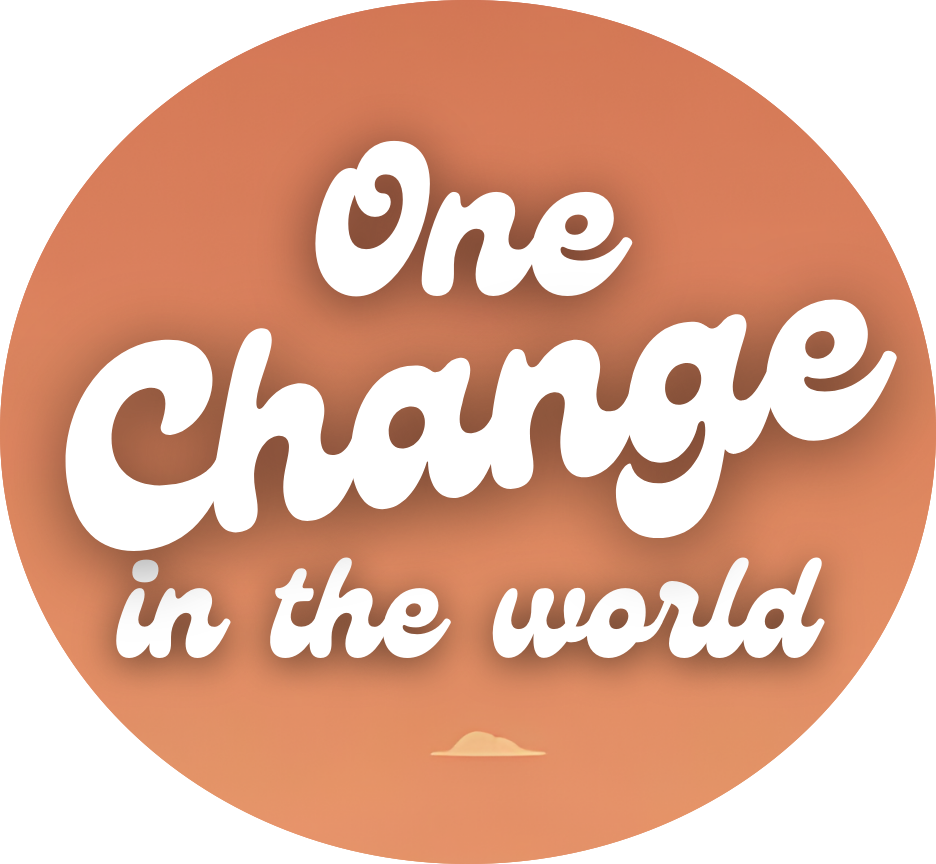This experiment conducted by the New York Times is quite revealing about the power of surveillance cameras.
From public data (photos published on the companies’ websites), and using facial recognition software offered by Amazon, they were able to identify a professor at the State University of New York’s optometry school. This cost them 54 euros.
What to think of such a system in the hands of public authorities?
Jennifer Lynch, Director of Surveillance Litigation at the Electronic Frontier Foundation, an INGO based in San Francisco, says: “Once the state is able to track us and identify us everywhere we go, it becomes impossible to speak anonymously or to be an anonymous actor in society.
She is therefore in favor of a ban on facial recognition systems used by the state.
The use of facial recognition by public authorities is not a myth.
Not only do they have the means (a vast network of cameras combined with a gigantic database of images, such as for driver’s licenses) – the American Civil Liberties Union estimates that the New York City police have access to 9,000 cameras in Lower Manhattan alone – but they have already used them. Some police forces, such as in Washington County, Oregon. The reason is that there is no law governing the use of facial recognition, either at the federal level, or at the state level, for almost all of them.
And that is just the United States, not China, which could serve as a more blatant example.
Some figures go further: Woodrow Hartzog, and Evan Selinger say: “On the banning of facial recognition technology depends the future prosperity of mankind.”
On the side of the police force, the answer is that technology must follow the course of history.
→ General Knowledge: the Secret
→ General Knowledge: Security
Originally posted on 10 January 2021 @ 16:00
